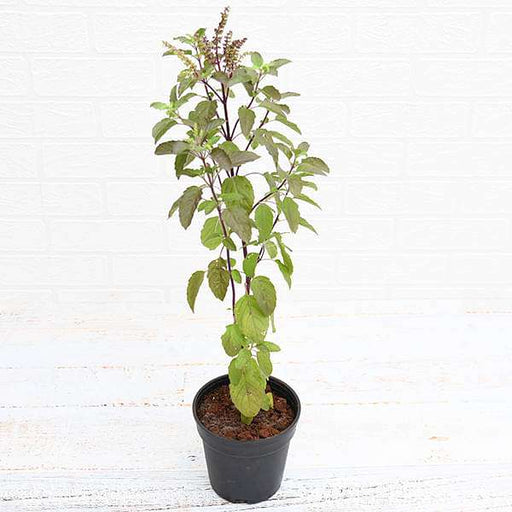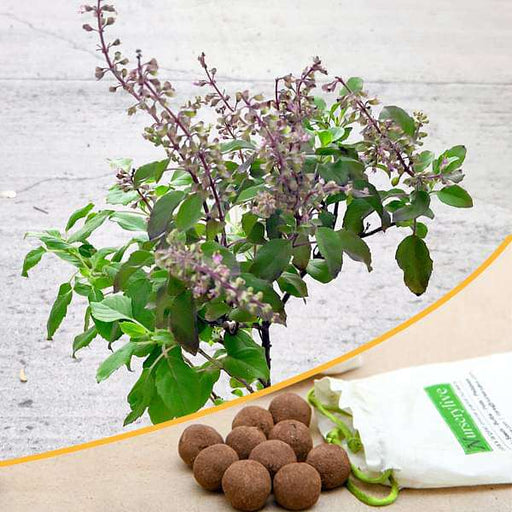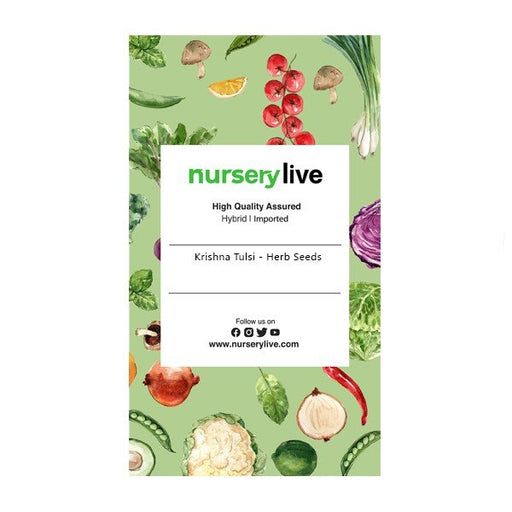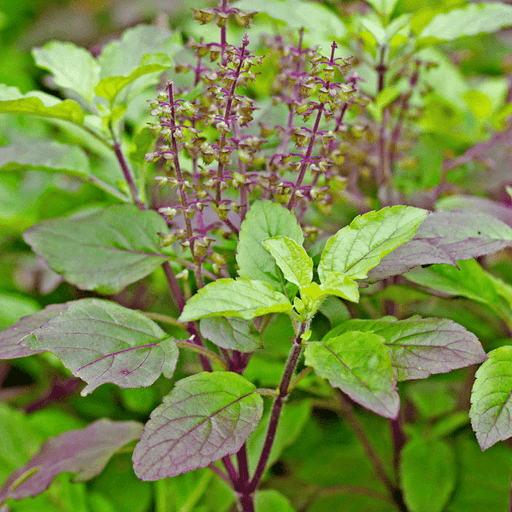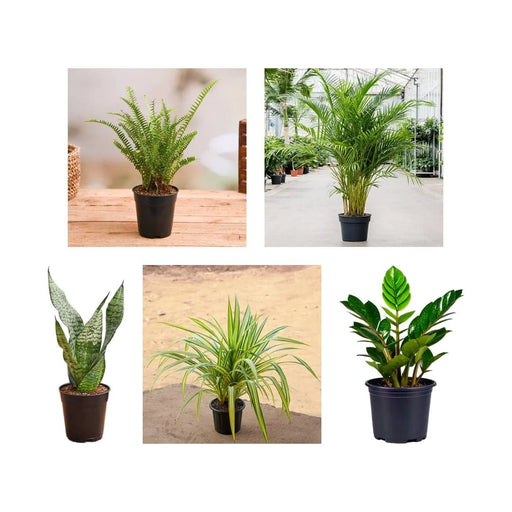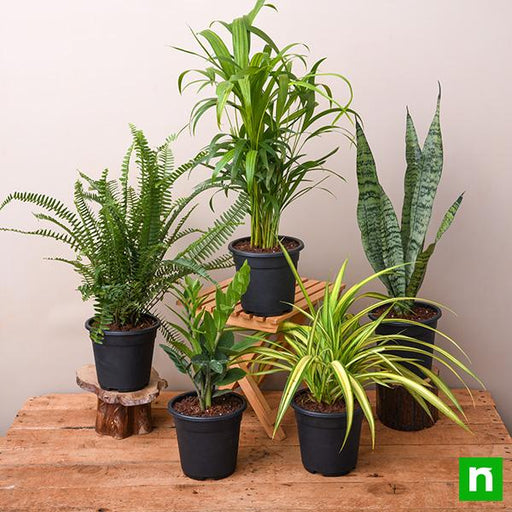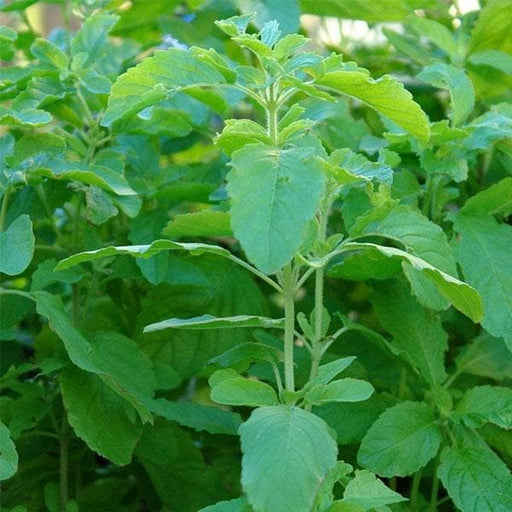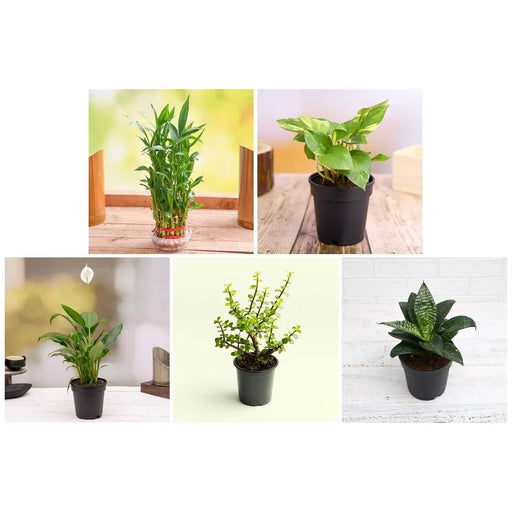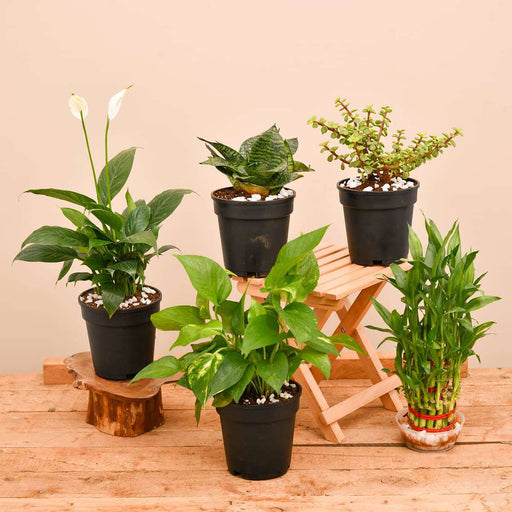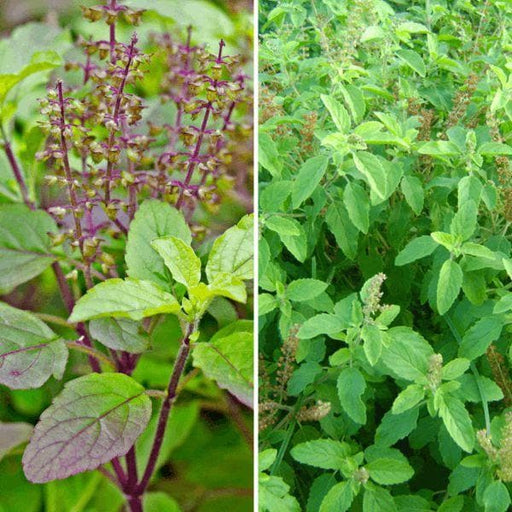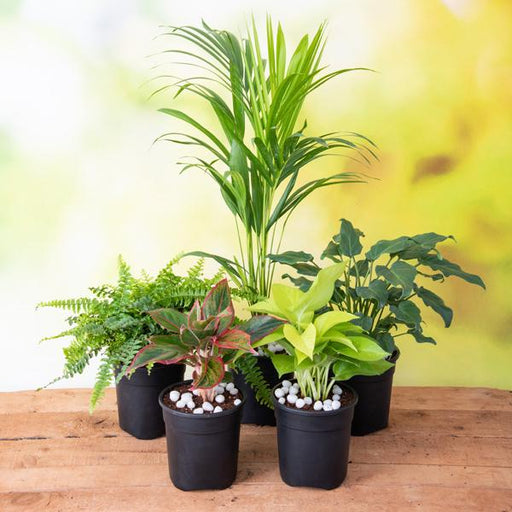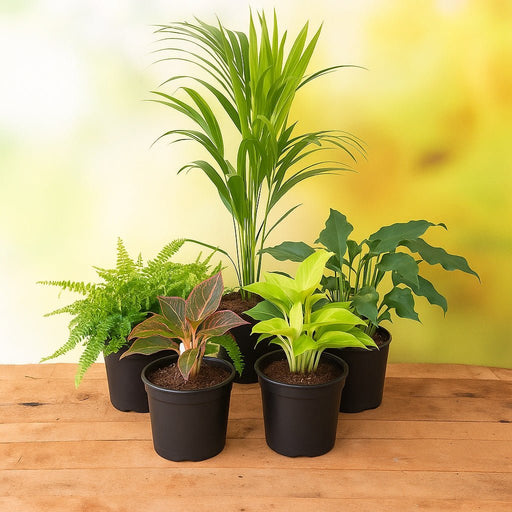Holy Basil Seeds
Holy basil, also known as tulsi, is a sacred plant in India and is often used in Ayurvedic medicine. Understanding the different types of holy basil seeds and their features can help you choose the best one for your indoor or outdoor garden needs.
Red Tulsi Plants
Red tulsi plants are a stunning choice for their red-tinted foliage and ability to thrive in a variety of conditions. Understanding the different types of red tulsi plants and their features can help you choose the best one for your indoor or outdoor garden needs.
Rama Tulsi Plants
Rama tulsi plants are a popular choice for their green foliage and medicinal properties. Understanding the different types of Rama tulsi plants and their features can help you choose the best one for your indoor or outdoor garden needs.
Krishna Tulsi Plants
Krishna tulsi plants are a unique and stunning choice for their dark purple foliage and ability to thrive in a variety of conditions. Understanding the different types of Krishna tulsi plants and their features can help you choose the best one for your indoor or outdoor garden needs.
Kapoor Tulsi Plants
Kapoor tulsi plants are a classic choice for their green foliage and strong fragrance. Understanding the different types of Kapoor tulsi plants and their features can help you choose the best one for your indoor or outdoor garden needs.
African Tulsi Plants
African tulsi plants are a unique and eye-catching choice for their variegated foliage and ability to thrive in a variety of conditions. Understanding the different types of African tulsi plants and their features can help you choose the best one for your indoor or outdoor garden needs.
Amrita Tulsi Plants
Amrita tulsi plants are a popular choice for their green foliage and medicinal properties. Understanding the different types of Amrita tulsi plants and their features can help you choose the best one for your indoor or outdoor garden needs.
Vana Tulsi Plants
Vana tulsi plants are a unique and stunning choice for their green foliage and ability to thrive in a variety of conditions. Understanding the different types of Vana tulsi plants and their features can help you choose the best one for your indoor or outdoor garden needs.
Thai Holy Basil Plants
Thai holy basil plants are a popular choice for their spicy and sweet flavor and are often used in Thai cuisine. Understanding the different types of Thai holy basil plants and their features can help you choose the best one for your indoor or outdoor garden needs.
Blue Tulsi Plants
Blue tulsi plants are a unique and eye-catching choice for their blue-tinted foliage and ability to thrive in a variety of conditions. Understanding the different types of blue tulsi plants and their features can help you choose the best one for your indoor or outdoor garden needs.
Sweet Tulsi Plants
Sweet tulsi plants are a popular choice for their sweet aroma and medicinal properties. Understanding the different types of sweet tulsi plants and their features can help you choose the best one for your indoor or outdoor garden needs.
Wild Tulsi Plants
Wild tulsi plants are a unique and stunning choice for their wild and unruly growth pattern and ability to thrive in a variety of conditions. Understanding the different types of wild tulsi plants and their features can help you choose the best one for your indoor or outdoor garden needs.
Purple Tulsi Plants
Purple tulsi plants are a unique and eye-catching choice for their purple-tinted foliage and ability to thrive in a variety of conditions. Understanding the different types of purple tulsi plants and their features can help you choose the best one for your indoor or outdoor garden needs.
Lemon Tulsi Plants
Lemon tulsi plants are a popular choice for their refreshing citrus aroma and medicinal properties. Understanding the different types of lemon tulsi plants and their features can help you choose the best one for your indoor or outdoor garden needs.
Green Tulsi Plants
Green tulsi plants are a classic choice for their simple yet elegant green foliage and strong fragrance. Understanding the different types of green tulsi plants and their features can help you choose the best one for your indoor or outdoor garden needs.
Variegated Tulsi Plants
Variegated tulsi plants are a stunning choice for their green and white variegated foliage and ability to thrive in a variety of conditions. Understanding the different types of variegated tulsi plants and their features can help you choose the best one for your indoor or outdoor garden needs.
Shyama Tulsi Plants
Shyama tulsi plants are a unique and stunning choice for their dark purple to black foliage and strong fragrance. Understanding the different types of Shyama tulsi plants and their features can help you choose the best one for your indoor or outdoor garden needs.
Ram Tulsi Seeds
Ram tulsi seeds are a popular choice for their easy germination and ability to produce large numbers of plants. Understanding the different types of Ram tulsi seeds and their features can help you choose the best one for your indoor or outdoor garden needs.
Tulsi Tea Plants
Tulsi tea plants are a popular choice for their fragrant foliage, which is often used to make a soothing and healthful tea. Understanding the different types of tulsi tea plants and their features can help you choose the best one for your indoor or outdoor garden needs.
Indian Basil Plants
Indian basil plants, also known as holy basil or tulsi, are a sacred plant in India and are often used in Ayurvedic medicine. Understanding the different types of Indian basil plants and their features can help you choose the best one for your indoor or outdoor garden needs.



